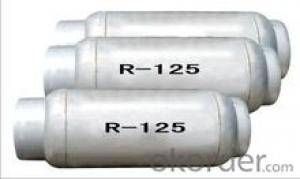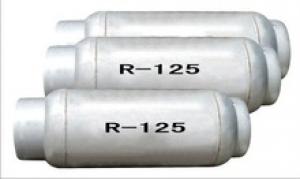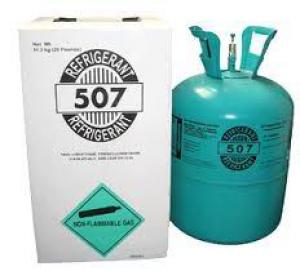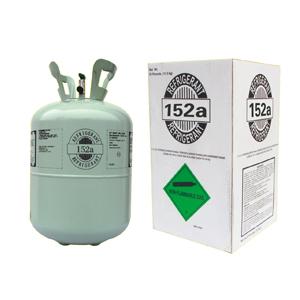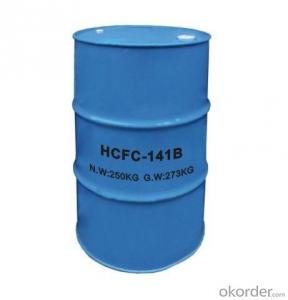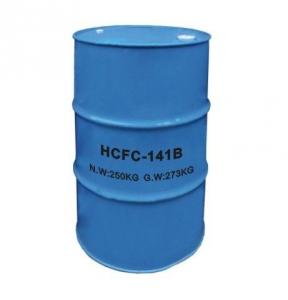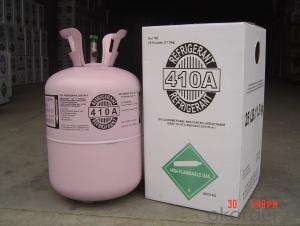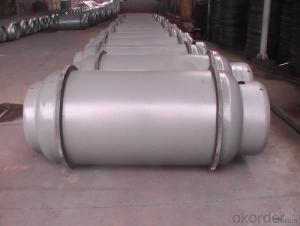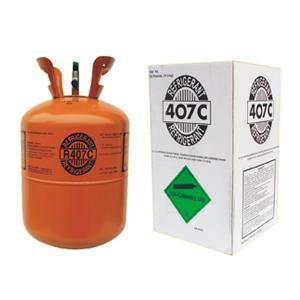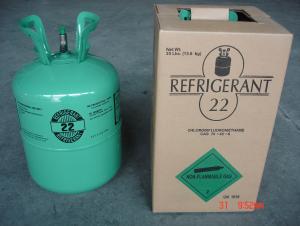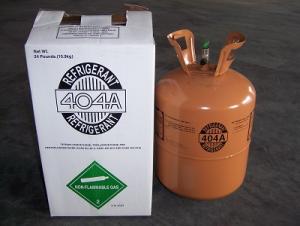Environment-Friendly R125a
- Loading Port:
- Shanghai
- Payment Terms:
- TT OR LC
- Min Order Qty:
- -
- Supply Capability:
- 1000MT m.t./month
OKorder Service Pledge
OKorder Financial Service
You Might Also Like
Packing:
Specification | 926L Refillable Cylinder |
ISO-TANK |
Net Weight (kg) |
700 |
15000 |
Property of chloride:
Molecular Formula | CHF2CF3 |
Molecular Weight | 120.02 |
Boiling Point | -48.45°C |
Critical Temperature | 66.05°C |
Critical Pressure | 3.592Mpa |
ODP | 0 |
GWP | 0.84 |
Quality standard:
Odor | Odorless |
Purity | ≥99.9% |
Moisture | ≤10PPm |
Acidity | ≤0.1PPm |
Evaporated Residue | ≤100PPm |
Application:
Refrigerant, material, can replace R502 and R22. Used as fire-extinguishing agent, can replace Halon1211 and Halon1301
This product could be used as a raw material for special refrigerant or blend refrigerants such as R404\R407\R410\R507.
- Q: What is the isomeric structure of oxygen-containing derivatives?
- Play the Transformers. As long as the same molecular formula, you can group out how many different structures, there are a number of isomers.
- Q: Compare the difference between London smoke and Los Angeles photochemical smog
- Los Angeles photochemical smog nitrogen content and hydrocarbons and derivatives more, mainly close to the car exhaust. Foggy London situation related to coal, soot solid particles and sulfur oxide more. Foggy London is more bleak, and Los Angeles is more toxic.
- Q: Why does the molecular atom compound do not belong to the life structure
- Life structure is composed of CHO as the main element through the covalent bond of the combination of hydrocarbons and their derivatives, and you said the molecular atomic compounds are usually atomic or ionic bond
- Q: Are all carbon compounds all organic?
- Of course not Like carbon monoxide is not friends ~ ~ ~ In general, organic matter will contain at least two elements of carbon and hydrogen, but carbon tetrachloride is an exception. Many of the concepts in chemistry, or else there is a special case, or that is limited, can only control the total but can not control the whole. It is very annoying thing oh ~ ~ ~
- Q: Are there two derivatives of equivalent hydrogen?
- You give the scope is too broad, at least to set in what kind of functional group range ah.
- Q: Artemisinin is not a derivative of hydrocarbons
- Artemisinin is a colorless needle-like crystal obtained from the compound inflorescences Artemisia annua L., which is (3R, 5aS, 6R, 8aS, 9R, 12S, 12aR ) - octahydro-3,6,9-trimethyl-3,12-oxo-12H-pyran [4,3-j] -1,2-benzodiazepine-10 (3H) -one. Molecular formula for the C15H22O5.
- Q: What is "organic" and "inorganic" in chemistry?
- Carbon compounds, not carbon oxides, carbonates, bicarbonates are organic matter
- Q: Is acrylamide an oxygen-containing derivative of hydrocarbons?
- There are many kinds of oxygen-containing derivatives of alcohols which can be classified into alcohols, phenols, aldehydes, carboxylic acids and esters, etc. The nature of the oxygen-containing derivatives of hydrocarbons is determined by the functional groups, and the nature of the organic compounds can be used to synthesize the oxygen- There is no organic matter to meet our needs.
- Q: Is the heterocyclic compound not a derivative of cyclic hydrocarbons? why?
- Benzene is a hydrocarbon that is also the simplest aromatics
- Q: What is organic?
- Organic products are from the organic agricultural production system, according to the international organic agricultural production requirements and the corresponding standard production and processing, and through third-party geographical and organic certification bodies certified all agricultural and sideline products, including food, vegetables, fruits, dairy products, animal products , Honey, aquatic products, spices, cosmetics, and even textiles, forest products, biological pesticides, organic fertilizers and so on. Is the organic cultivation of pesticides, fertilizers, contaminated raw soils, grows in the closest way to nature, and never uses synthetic compounds, fertilizers and transgenic technologies during the growth process. In the process of production In the absence of any synthetic chemical composition. From the processing, production, packaging the whole process is in line with environmental protection and health principles. International standards of organic certification required by the third-year certification bodies from the cultivation, processing, production, manufacturing, to the finished product wholesale process for review.
Send your message to us
Environment-Friendly R125a
- Loading Port:
- Shanghai
- Payment Terms:
- TT OR LC
- Min Order Qty:
- -
- Supply Capability:
- 1000MT m.t./month
OKorder Service Pledge
OKorder Financial Service
Similar products
Hot products
Hot Searches
Related keywords
